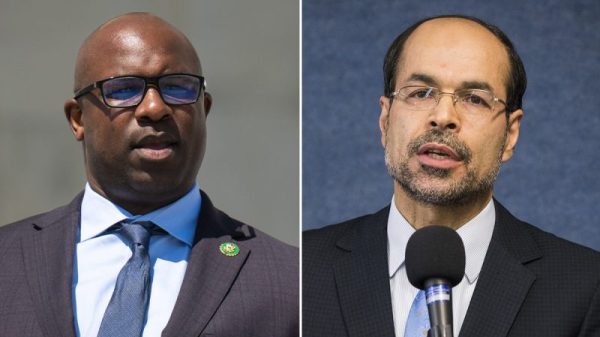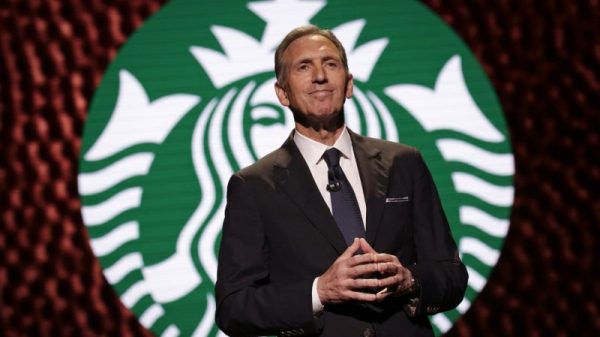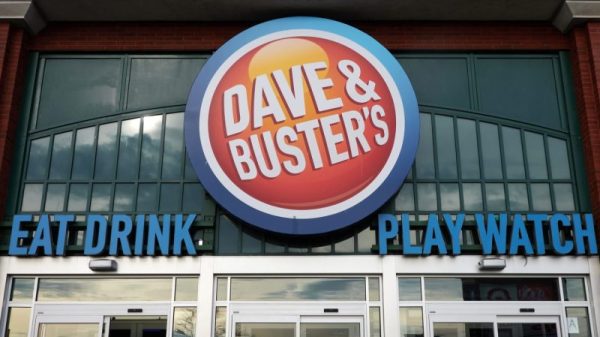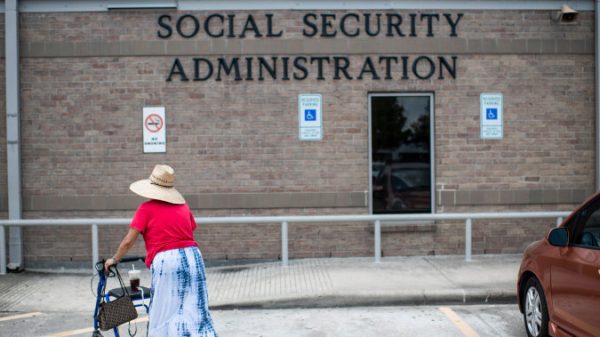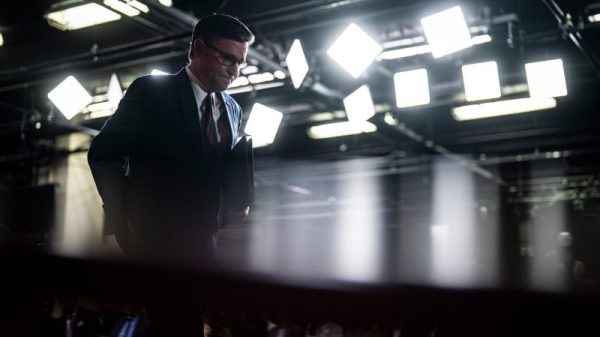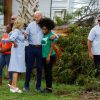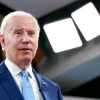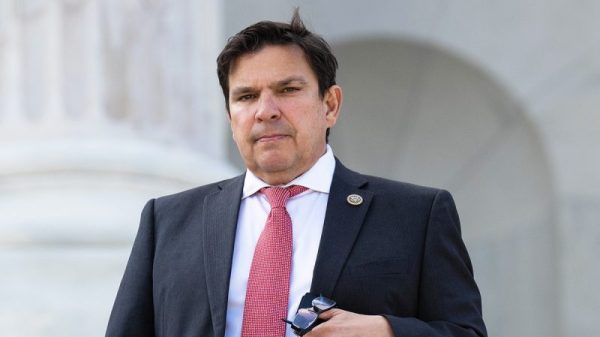Perhaps more than any other moment in NASA’s history, the Columbia shuttle disaster reshaped the US space agency’s approach to innovation, forever altering how it balanced risk with the call to explore beyond Earth.
The tragedy killed seven astronauts as the Columbia shuttle disintegrated upon its return to Earth on February 1, 2003, due to damage the vehicle sustained during launch. More than 20 years later, the lessons learned continue to shape the space industry and NASA’s approach to working with private-sector partners such as SpaceX.
Changes at NASA were necessary, according to a formal investigation about the Columbia disaster published six months after the accident. A culture of complacency and misplaced trust in the space shuttle’s experimental design spelled disaster, the report outlined.
The disaster led directly to the decision to end the broader NASA space shuttle program, forcing the US space agency to rely on Russia for rides to space — one of myriad ways Columbia altered history.
Cultural changes: ‘Safety days,’ review boards and round tables
Columbia marked the second deadly mishap for the shuttle program after the space shuttle Challenger exploded during launch in January 1986.
Following the Columbia disaster, NASA grounded its remaining fleet of three shuttles as the space agency sought to parse what went wrong.
Some changes were simple: An audio-conferencing system was replaced with video, Hale said. And in the shuttle mission’s management team meeting room, a round table replaced the rectangular table.
“We were told by the sociologist that if you had this straight, long table with the father figure at the head … that might discourage people from speaking up,” Hale said.
NASA also had “safety days” — time set aside for engineers to stop work and just “contemplate how to better improve our organization’s approach to safety,” Hale added.
Shifting perspectives
The tragedy touched the entire NASA organization, leaving a legacy with which the remaining astronaut corps had to contend.
“Obviously it affected us emotionally,” said Garrett Reisman, a spacecraft engineer from California who in 2003 was member of the NASA astronaut corps waiting to make his first foray into space.
“I remember being called into the office, volunteering to work with families,” Reisman added.
For two years, he said his entire job at NASA was to check in on the family of Ilan Ramon, the Israeli astronaut who had died on the Columbia mission. He went with Ramon’s kids to their guidance counselor to help them pick out classes. He and other astronauts helped find a house for Ramon’s wife. Reisman still visits the family in Israel once a year.
Related article More than 20 years later, families of the Columbia crew carry on their loved ones’ legacies
“It helped me understand exactly what the consequences are, not just for you (the astronaut) — but for all the people you love,” Reisman said. “That stayed with me.”
Reisman flew on two shuttle missions after the program resumed flight in 2005 as NASA put in numerous safety stopgaps, including a mandate that a spare shuttle was always prepared to rescue crew members in orbit if their vehicle was damaged during launch.
Despite any lingering anxieties, the changes provided a newfound sense of security, Reisman said.
“We had all these inspection and repair techniques,” he said. “I felt like when I was flying on Endeavour and Atlantis and Discovery (the three remaining shuttles) that it was much more safe than what the crew on Columbia — and certainly Challenger — had taken on.”
NASA forced to rely on Russia
The space shuttle Atlantis completed the final flight of the program in July 2011, leaving NASA without a means to fly its astronauts to the International Space Station.
The program’s end forced the space agency to turn to Russia, which — as tensions eased in the post-Cold War era — was a primary US partner on the space station and had a reliable vehicle called Soyuz to ferry its cosmonauts to the orbiting outpost.
The arrangement kept NASA astronauts space-bound. But as US-Russia relations became strained once again in the mid-2010s, sharing those rides to space became increasingly politically unpopular.
Culture clashes in the commercial world
By the end of the shuttle program, a contingent of engineers within NASA already had ideas for the path ahead.
Rather than keeping the design and development of the next astronaut-worthy spacecraft in-house, NASA could turn to the burgeoning private space industry to take over the task.
Commercial companies had a bit more leeway to innovate in the post-Columbia era, Hale and Reisman acknowledged.
“I think one of the big challenges was to find the right path between the really huge bureaucracy and paperwork requirements that NASA had — which in some cases were frankly over the top — and figure out how to accommodate the culture of a commercial (company),” Hale said.
In 2014, NASA selected the Elon Musk-led SpaceX and its longtime partner Boeing to take up the task.
Related article The space shuttle was revolutionary for its time. What went wrong?
The prospect of moving faster and paving a new future for the astronaut corps excited Reisman, who left NASA in 2011 to work for SpaceX on its Crew Dragon vehicle.
Wary after the Columbia tragedy, NASA didn’t always see eye to eye with its commercial partners. The result was a culture clash that played out behind the scenes.
“I have an org chart that shows all the different (NASA) review boards that all engineers working on NASA programs had to go to approve any major design decision,” Reisman said. “What happened was, post-Columbia, they were listening to dissenting voices so strongly that all of those dissenting voices effectively became a veto.”
Long, painful meetings characterized relations between SpaceX and NASA, according to records of the era that the space agency compiled.
But eventually, SpaceX got its Crew Dragon to the launchpad, and its inaugural crewed mission in 2020 returned astronaut launches to US soil for the first time in a decade.
Boeing is still working toward the first crewed mission of its Starliner spacecraft.
Redefining rocket design
The lessons learned from Columbia — and the Challenger explosion before it — have left an indelible mark on the design of modern US spacecraft.
“Probably the biggest example is just by putting the crew on top of the rocket instead of on the side of the rocket, you eliminate the hazard of any debris coming off the vehicle and hitting the spacecraft,” Reisman said.
“A lot of those things were baked into the requirements that NASA gave us,” he said, referring to instructions given to SpaceX and Boeing.
Crew Dragon, Starliner and NASA’s own Orion capsule — designed to return humans to the moon later this decade — all launch atop rockets rather than being strapped to the side of them.
In this new era of rocketry with commercial companies largely leading the way, Hale said the challenge is to ensure the space industry avoids being lulled into the same complacency that led to the Columbia disaster.
“My only concern now, as an old retiree, is — all these years later — how well are those lessons still communicated?” Hale said. “After 20 years, are people starting to forget?”
“Vigilance,” he added, “has got to be maintained.”







